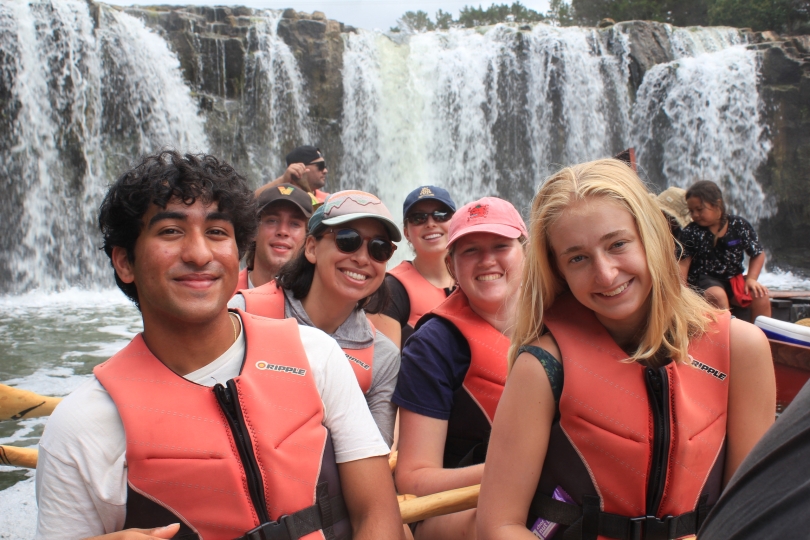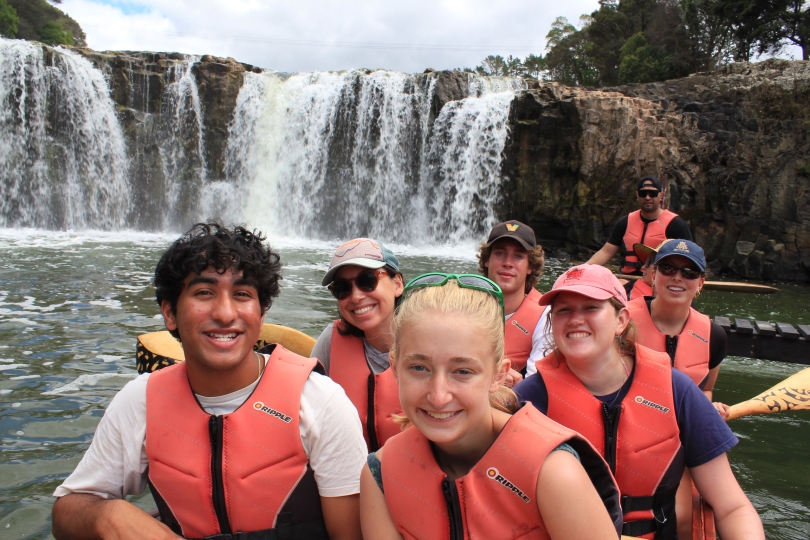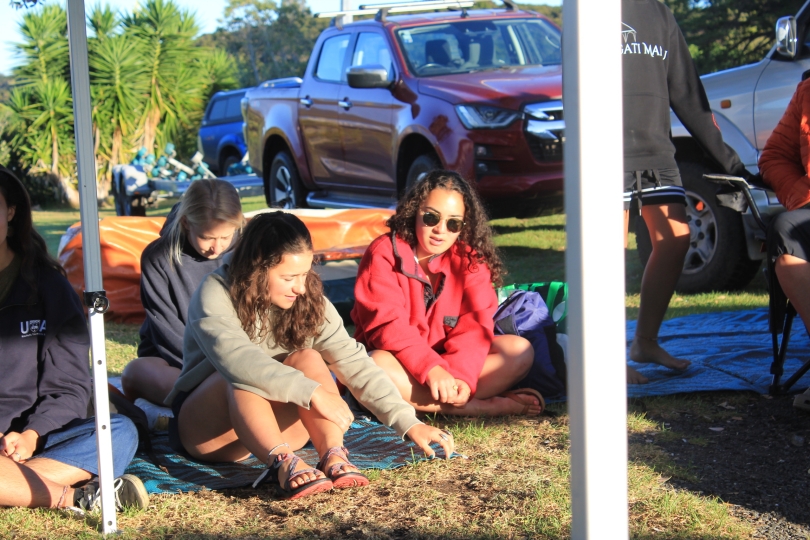
Abroad Class Highlight: Colonialism & Its Legacies
Hello again, People Places Pines! Hopefully, you've had the chance to read my previous blog post highlighting the beautiful scenery and adventures captured on film from my Anthropology Foreign Study Program (FSP). If you haven't, you can check it out here!
In this blog post, I wanted to delve into some of the actual coursework that we engaged in while abroad and explain some of the incredible excursions and experiences that were built into our course.
First, a brief overview of the program's structure: the Dartmouth Anthropology FSP is a 10-week program (the same length as all Dartmouth academic quarters) and is taught in part by a Dartmouth professor who comes to New Zealand with the cohort! The program has three courses: Pacific Archaeology, Te Ao Māori, and Colonialism and Its Legacies. The first two courses are taught by scholars at the University of Auckland (as part of their 6-week summer school academic term). The last of the three courses is actually taught by the Dartmouth professor throughout the 10-week academic term and supported by a Dartmouth graduate teaching assistant—shoutout to Professor Zaneta (Zane) Thayer (who is a Dartmouth '08 and went on in this program as a student!) and our TA, Jon.
My favorite course—Colonialism and Its Legacies, the seminar led by Zane—was all about the pervasive system of settler colonialism in Aotearoa and around the world. We learned from a lot of scholars and activists throughout our course's excursions. The course's discussions centered on the system of settler colonialism and its ongoing mechanisms. We discussed the role of museums/statues in framing history, the documents that stole Māori land, and how the concept of race was invented as a means of colonial subjugation. We also discussed the concepts of Kaupapa Māori, decolonization, biculturalism, and the role of revisionist settler histories. What made this course incredibly meaningful was that we did not learn all of this in a classroom; we went out and learned from Māori scholars and activists. A significant component of this course was the role settlers play in shaping history; accordingly, a large portion of the course involved learning directly from Māori iwi and hapū.

The course's final project allowed us to explore some facet of settler colonialism that we wanted to explore more deeply. It was a pseudo-ethnographic project in that we were encouraged to learn from people in context. Some friends pursued projects on the environmental impacts of settler colonialism, the granting of personhood to Mount Taranaki, the role of settler histories, and the inextricable Māori connection to whenua (or land).
The course included three excursions: one to the Piritahi Marae on Waiheke Island, another to the central North Island (Rotorua, Taupo, and Waitomo), and the last to the Bay of Islands (Paihia, Russell, and Karetu). Not only were these trips filled with hikes, beach days, and cohort dinners, but they were also marked by meaningful learning and discussions. On these excursions, we explored a wide range of topics like tourism's role in national identity, the degradation of the environment in the system of settler colonialism, and who is presenting/teaching information and why.
Piritahi Marae Trip (January 31st – February 2nd):

The Anthropology FSP and Linguistics FSP at the Piritahi Marae!

At the marae, we played a game called pūkana and learned how to structure a pepeha!

Watching the sunset from Waiheke Island



Central North Island Trip (February 24th – 28th):

Our first stop was the Waitomo glowworm caves!

Jonathan & the Dartmouth Crew @ dinner

A stop on our drive to Taupo: Huka Falls!

Another pitstop: almost at Tongariro!

Starting the Tongariro Crossing!

Descending Tongariro Crossing

The bus ride back to our hostel after the hike!

Our trip to Hell's Gate, Rotorua! We went on a walking tour to learn about the history of the springs and then had the opportunity to swim in the mud spa!

Our visit to Te Puia! We toured the Māori Arts & Crafts Institute, ate a Hāngī lunch, and explored the hot springs!









Bay of Islands (March 7th – 11th)






Stay tuned for more about my time abroad; believe it or not, I have even more pictures to share.
















